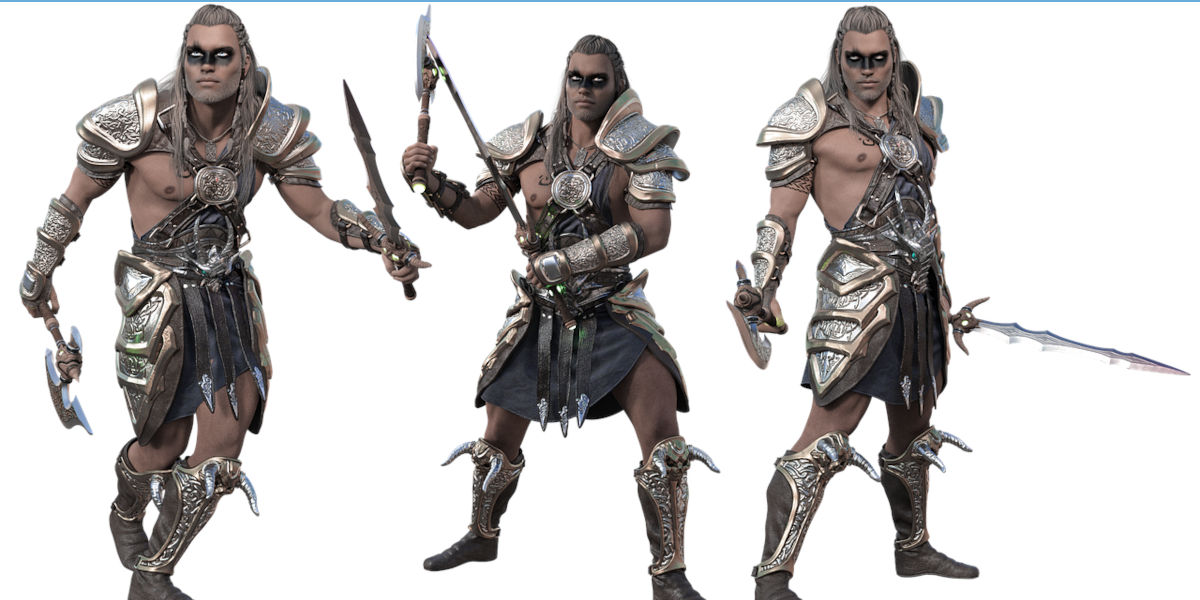For the uninitiated, video games may seem like all about graphics, action, or strategy. But as any seasoned gamer or game developer will assert, the crux of a truly engaging video game lies in its characters. In fact, character design in video games has transcended simple visual design to become a multidimensional craft that involves storytelling, psychology, and sociology. Understanding this importance of creating memorable game characters, we present you with a comprehensive guide on how to design characters for games that resonate deeply with your players.
The Importance of Character Design in Video Games
Delving into the world of video games, one quickly realizes the vital role that characters play. Beyond mere pixelated figures, they are the key drivers of story progression, the main elements evoking emotional responses, and the ambassadors representing the game’s world, narrative, and personality. Long after one finishes a game, what stays is not the numerous levels or hard-earned high scores, but the charismatic characters that became the gamer's comrades or rivals in the digital universe. Therefore, investing time and ingenuity in character design is not just an option; it is a necessity.
The success of games such as Super Mario, The Witcher, Uncharted, and Final Fantasy are testament to the fact that characters that are credible, relatable, and fascinating tend to be the heart and soul of memorable gaming experiences. A captivating character is like a magnetic protagonist of a novel, capable of pulling the players into their journey, making them care about their fate, and leaving an indelible mark on their gaming consciousness.
Creating Memorable Game Characters: The Basics
Moving beyond visual aesthetics, creating impactful game characters involves a profound understanding of the key elements that make humans connect with fictional entities. Here's a simple truth - a character that feels 'real' will always have more impact than a character that simply looks great. This 'realness' doesn't necessarily stem from how close the digital avatar looks or behaves like a real human, but how well it embodies certain recognizable and empathetic human traits.
Think of the best-loved characters in video games - Mario, Link, or Geralt. What do they have in common? Distinct personalities, compelling backstories, clear motivations, evolution over time, connection to the game world, and most importantly, the ability to evoke strong emotions in the players. Your character need not be perfect; in fact, flaws make characters more human. But it needs to be someone the gamer can understand, root for, and feel for.
How to Design Characters for Games: A Detailed Guide
The actual process of character design for video games involves a clever blend of art, storytelling, psychology, and technology. There are several aspects to consider - physical appearance, personality traits, backstory, dialogue style, character progression, relation to other characters and the game world, and so on.
Being an experienced author for a blog, I understand that video game design is a complex and duet of art and technology, and one of the most essential components comes in the area of character development. Players need to feel a connection to the characters they navigate for the emotional involvement and immersion to take effect. Here are several key pointers to crafting impactful characters for your video games that our readers always find resonating.
The Mechanics of Empathy
The first step to creating impactful characters is to generate empathy. Your characters should have reasonable ambitions, fears, and frustrations - factors that are realistic and relatable. A background story may be produced to support these characteristics of the character. The persona that you create should be a part of your player's journey and not just a tool. For that, you need to understand the mechanics of empathy. Once you've mastered this, the gaming experience is enhanced tenfold.
Visual Representation and Physical Attributes
After the character's personality has been developed and the plot has been defined, attention needs to be directed towards the visual representation of the character. This is where the character's physical attributes come into play. A successful character in a video game is one that players can identify immediately by their physical traits. This could include the clothing they wear, the color of their skin, their height, weight, and the features on their faces. All of this contributes significantly to the full character picture and adds a sense of authenticity.
Dialogues and Communication: The Voice of Your Character
The dialogue in your video game plays a crucial part in creating a connection between your players and their characters. The language a character uses, their tonality, and their style of communicating is a window into their background, their character traits, and even their mood states. The voice artists and scriptwriters play a pivotal role here. Developing good communication for characters is like giving them a voice of their own.
Dynamic Growth and Learning Curve
Good characters are inevitably dynamic ones that evolve and change as the story progresses. They grow, they learn, they change, and they adapt. This feature is what makes them feel alive and keeps the players engaged by creating a sense of mystery as they anticipate the character's next move. A character that remains stagnant throughout the game tends to lose player engagement over time. A character's growth curve should be woven intricately into the game's story arc.
Crafting resonating characters requires intricate thought process and creativity. As game developers, we are also storytellers, and our characters are the heart and soul of our stories. The effectiveness of these characters in capturing gamers' hearts will ultimately determine the success of our games.




